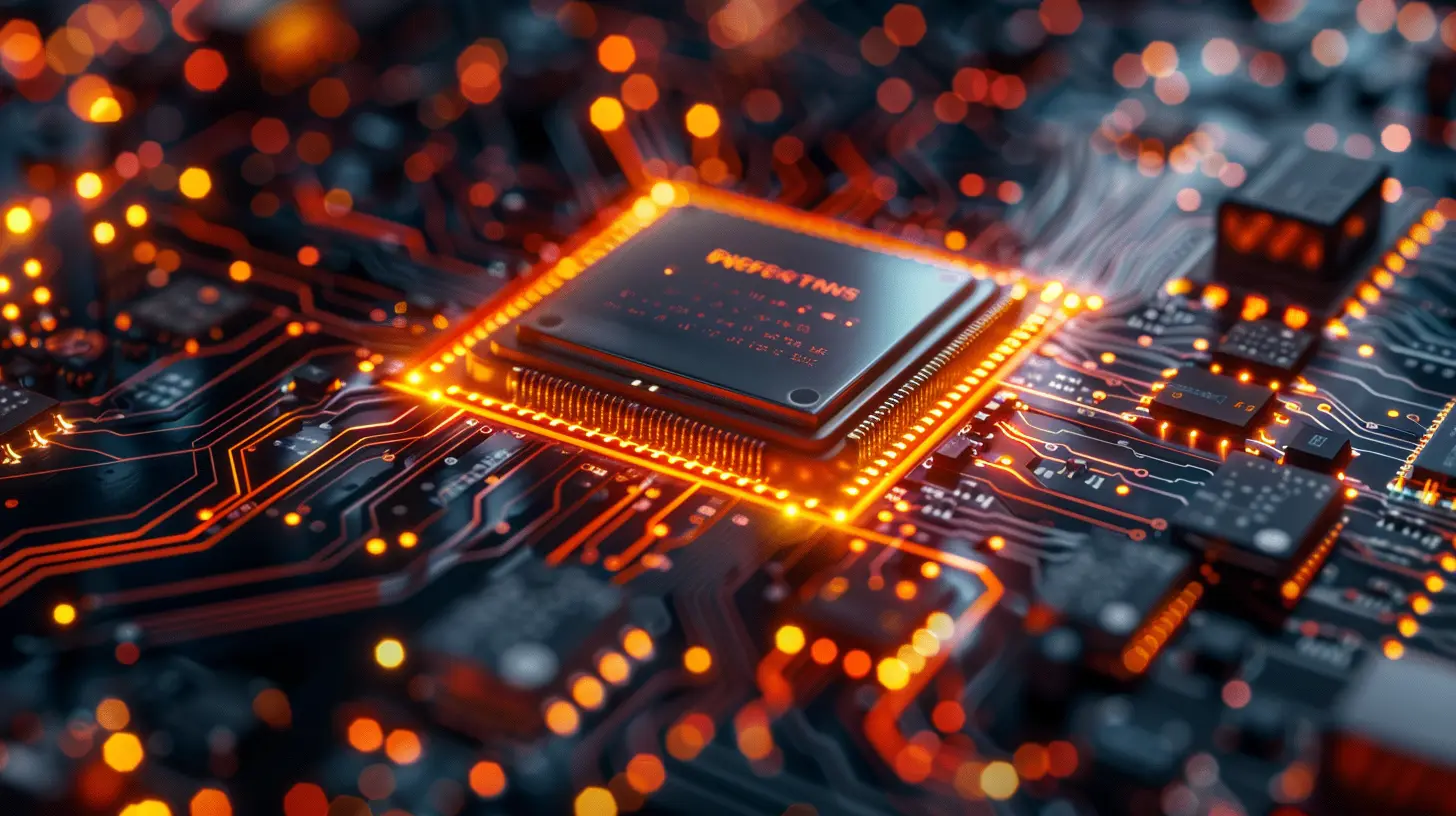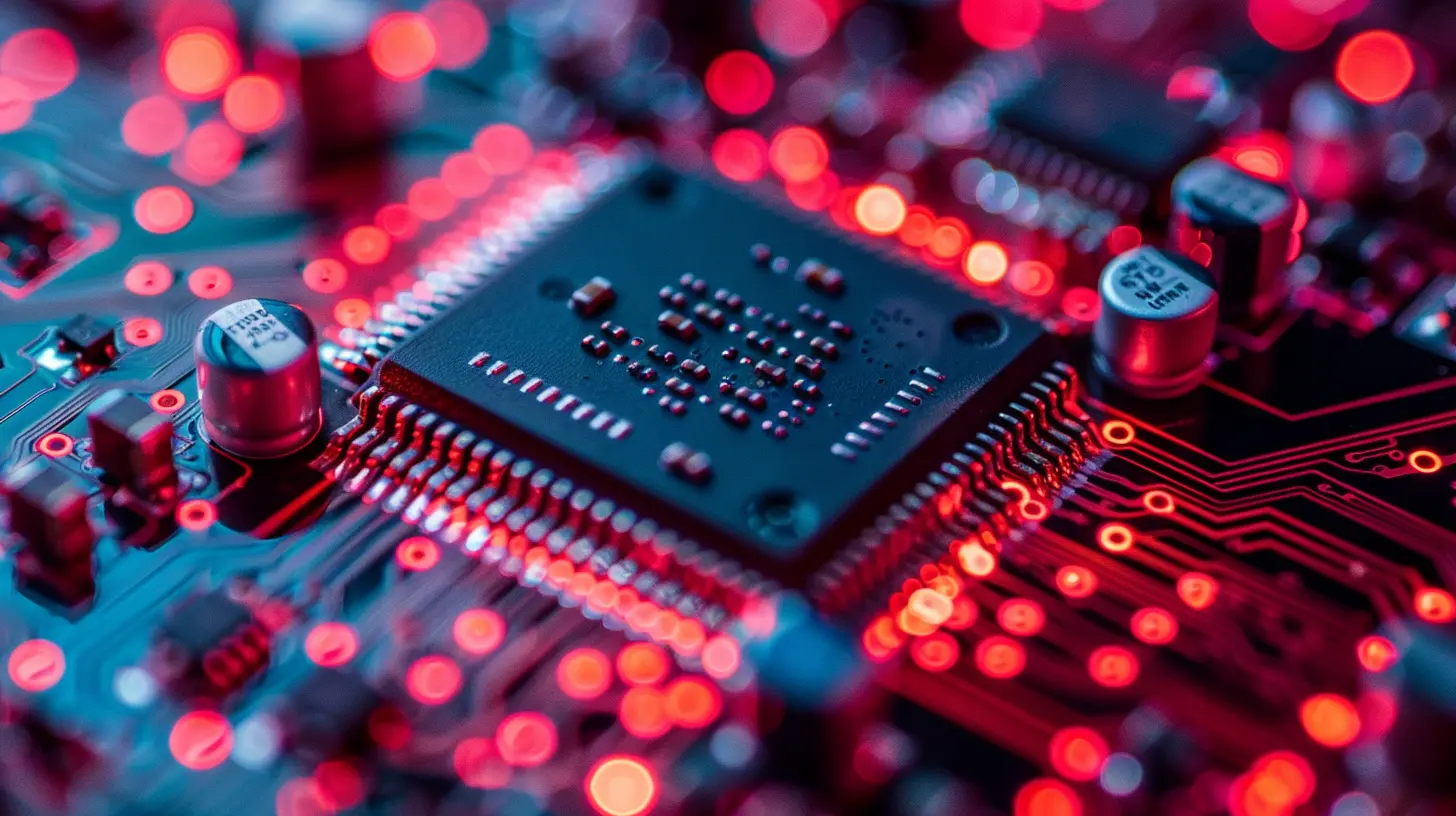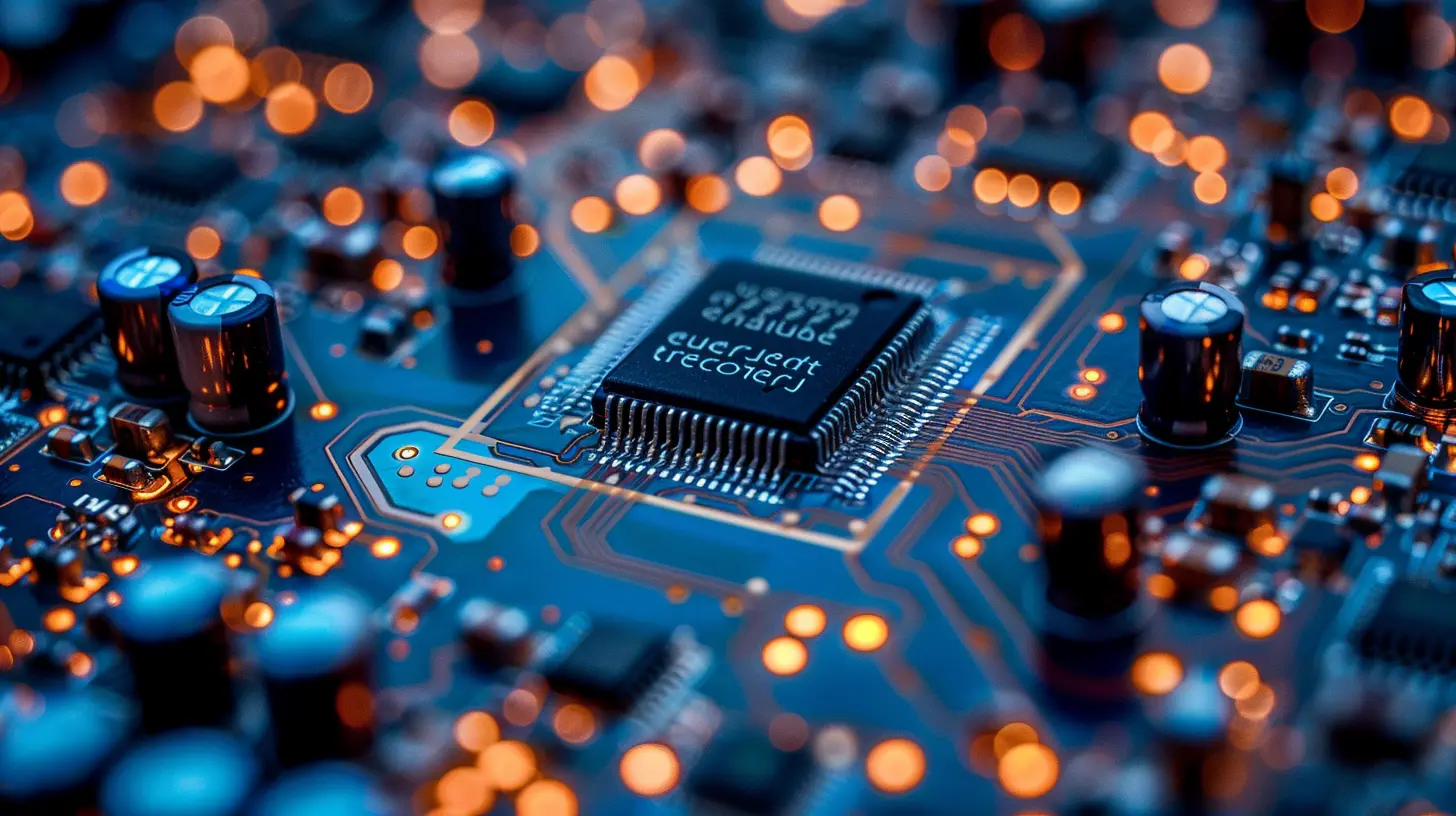Edge Computing: Powering the Next Generation of Smart Devices
29 May 2025
The world of technology is evolving at breakneck speed, and one of the biggest game-changers in recent years is edge computing. From self-driving cars to smart home devices, edge computing is transforming how data is processed, making everything faster, smarter, and more efficient. But what exactly is edge computing, and why is it becoming the backbone of modern smart devices?
Let’s dive deep into how edge computing is shaping the future and why it’s a game-changer for the next generation of tech.

What is Edge Computing?
In simple terms, edge computing is about processing data closer to where it is generated, rather than relying on centralized cloud servers. Instead of sending all the data to a distant data center, edge computing allows devices like smartphones, IoT sensors, and autonomous vehicles to handle some of the processing tasks on their own—or at least, much closer to the source.Think of it like this: Imagine you're in a long-distance relationship, and every time you want to talk to your partner, you have to send a letter instead of making a phone call. That’s traditional cloud computing—slow and inefficient. Now imagine if you could just call them instantly. That’s edge computing—quick, direct, and responsive.

How Edge Computing Works
At its core, edge computing minimizes latency by bringing computation closer to the “edge” of the network—near the devices generating the data. It works by deploying mini-data centers or processing units closer to users and devices.Key Components of Edge Computing
1. Edge Devices – These include IoT sensors, smartphones, wearable devices, cameras, and even industrial machines.2. Edge Nodes – Small-scale computing units located near the data source that handle processing before sending only relevant data to the cloud.
3. Cloud Integration – While edge computing reduces reliance on cloud processing, some heavy-duty tasks still get handled by cloud servers when necessary.
By processing data locally, these systems significantly reduce delay, lower bandwidth costs, and offer greater reliability—especially in areas with unstable internet connections.

Why Edge Computing is Critical for Smart Devices
Smart devices thrive on real-time data processing and low latency. The faster they can analyze and act upon data, the better their performance. Here’s why edge computing is essential for modern smart devices:1. Ultra-Low Latency for Instant Responses
Imagine you're using a self-driving car. If it had to send data to a remote cloud server every time it encountered an obstacle, the delay could be deadly. With edge computing, the car processes this data locally, ensuring split-second decision-making.Smart home devices also benefit from this. If your security camera detects motion, you want an immediate alert, not a delayed one. Edge computing ensures that smart devices respond instantly to triggers.
2. Reduced Internet Bandwidth Usage
Streaming massive amounts of data to cloud servers isn't just slow—it’s expensive. IoT devices generate tons of data, and transmitting all of it over the internet can overload networks.Edge computing filters and processes data locally, sending only essential information to cloud servers, reducing bandwidth consumption significantly. This not only lowers costs but also improves network efficiency.
3. Enhanced Privacy and Security
Data breaches are a major concern, especially when dealing with sensitive personal information. Traditional cloud computing transmits data over the internet, increasing exposure to cyber threats.With edge computing, data stays closer to the source, reducing the risk of leaks. For instance, smart health devices that monitor vital signs can keep medical data private by processing it locally rather than uploading everything to a cloud server.
4. Greater Reliability, Even Offline
One of the biggest advantages of edge computing? Smart devices can function even without a stable internet connection.Consider industrial automation—factories rely on real-time machine monitoring. If a factory depended entirely on a cloud server and lost connectivity, operations could grind to a halt. Edge computing ensures that devices keep functioning independently even if the network goes down.
5. Scalability for the Booming IoT Industry
The number of connected devices worldwide is exploding. Analysts estimate that by 2030, there will be over 75 billion IoT devices. Cloud infrastructures alone can't handle this massive data explosion.Edge computing lightens the load by distributing processing power across multiple locations. This makes it easier to scale up new IoT applications without overburdening cloud systems.

Real-World Applications of Edge Computing
Edge computing isn't just a futuristic concept—it’s already powering some of the most advanced smart technologies today. Let’s look at some real-world applications:1. Autonomous Vehicles
Self-driving cars need to make split-second decisions. Whether avoiding a pedestrian or adjusting speed, autonomous vehicles process data directly on board. Edge computing allows them to operate safely without relying solely on cloud servers.2. Smart Cities
Urban areas are getting smarter with real-time traffic monitoring, smart lighting, and intelligent waste management. Edge-based sensors help cities manage resources efficiently without overwhelming cloud networks.3. Healthcare and Wearable Tech
Smart health monitors, like fitness trackers and heart rate monitors, analyze user data locally. This ensures quicker alerts for medical emergencies while preserving privacy.4. Manufacturing and Industrial Automation
Factories use AI-powered robots and IoT sensors to optimize efficiency. Edge computing keeps things running smoothly by processing data directly on the factory floor, preventing costly downtimes.5. AR and VR Technologies
Augmented and Virtual Reality (AR/VR) require lag-free performance. Whether gaming or training simulations, edge computing boosts real-time rendering, ensuring a smooth user experience.Challenges of Edge Computing
Despite its advantages, edge computing does come with some hurdles:- Hardware Limitations: Edge devices need powerful processors, but adding high-end chips to every device can be costly.
- Security Risks: While edge computing improves privacy, distributed systems can introduce new cybersecurity risks if not properly secured.
- Complex Management: Managing distributed edge nodes requires advanced IT expertise, which some companies might find challenging.
The Future of Edge Computing
The future is undoubtedly edge-driven. As more smart devices enter our lives, the need for instant processing, reduced cloud dependency, and real-time decision-making will only grow.With advancements in 5G, AI, and machine learning, edge computing will become even more powerful, enabling:
- Smarter AI-powered devices that process data locally.
- Widespread adoption of autonomous systems, from cars to smart factories.
- Seamless real-time applications, like holographic communications and remote surgeries.
Final Thoughts
Edge computing is more than just a tech buzzword—it’s the core foundation of the next era of smart devices. It’s revolutionizing everything from self-driving cars to healthcare, making our world faster, smarter, and more connected.As technology advances, we’ll see edge computing becoming a standard part of daily life, ensuring our gadgets work seamlessly, efficiently, and without a hitch.
One thing is clear: The future of tech is happening at the edge.
all images in this post were generated using AI tools
Category:
Emerging TechnologiesAuthor:

Kira Sanders
Discussion
rate this article
3 comments
Otis McConnell
Great insights on edge computing! It’s exciting to see how it's revolutionizing smart devices, enhancing efficiency and responsiveness. Looking forward to witnessing its impact on innovation and everyday technology in the near future!
June 8, 2025 at 12:54 PM

Kira Sanders
Thank you for your positive feedback! I'm glad you found the insights valuable—exciting times ahead for edge computing and smart devices!
Finnian Weber
Exciting insights! Edge computing truly transforms how devices interact and innovate.
June 7, 2025 at 2:37 AM

Kira Sanders
Thank you! I'm glad you found the insights exciting. Edge computing indeed revolutionizes device interactions and fosters innovation!
Reina Vasquez
What an exciting dive into the world of edge computing! It's incredible to see how this technology is revolutionizing smart devices, bringing faster processing and enhanced connectivity. Can't wait to see how it transforms our daily lives and powers innovation in ways we haven't even imagined yet!
June 1, 2025 at 4:12 AM

Kira Sanders
Thank you! I'm glad you share the excitement about edge computing's potential to transform our daily lives and drive innovation. Stay tuned for more developments!



